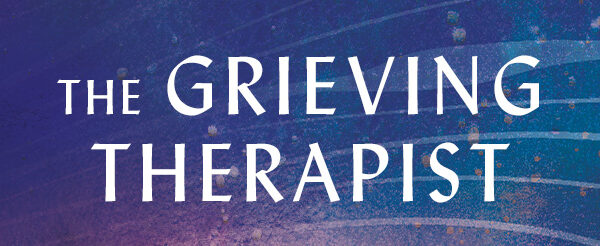
Get Over Your Pet Peeves With this Simple Exercise
Categories: Metaphysics & Unexplained Phenomena Psychology & Personal Growth
Up until quite recently in my life, I had dealt with stress, annoyances, and all negative emotions through what I thought to be normal and healthy outlets: therapeutically shopping, guiltlessly indulging in massive amounts of sweets, depressingly lounging around in pajamas, and so forth. A few months ago, during an extra stressful few weeks, a friend suggested meditation as a way to relieve my tension. Studies have shown that people who meditate are less anxious and nervous, less fearful of death, and even able to fight off insomnia. I was hooked, and began practicing right away. Rather than ignoring or suppressing my negative feelings, I learned it was possible to simply dissolve that negativity, an alternative I found surprisingly much healthier and less painful to my wallet.
According to John Friedlander and Gloria Hemsher’s Psychic Psychology: Energy Skills for Life and Relationships, the key to overcoming pet peeves through meditation starts with a rose. Yes, I’m talking about the flower, but no, you don’t have to make a special trip to the florist.
To create a rose: Imagine a rose in front of you 3 to 6 inches in diameter. Give it a color and as much detail as you can. Let it dissolve and repeat until you feel comfortable with the process. Next, create a rose and empower it with the ability to pull energy out of your aura and hold it for you. Let it dissolve, and repeat until you feel comfortable with the process.
From there, you can follow this exercise from Psychic Psychology to overcome those annoyances of every day life:
EXERCISE 15: Breathing Your Energy Out of a Pet-Peeve Picture
Most of us have a pet peeve, and with pet peeves will inevitably come stuck pictures related to our resistance. For the next exercise choose a pet-peeve picture to clear by breathing your energy out of it. For this to work, you must be willing to let go of your judgments. (See Chapter 22, “Self-Talk and Stories: Conversation vs. Commands.”) This exercise will help you do so.
1. Sit comfortably straight in your chair, feet flat on the floor, legs and arms uncrossed.
2. With a sense of openness, relax, close your eyes, and breathe gently into your belly.
3. Allow your awareness to rest lightly behind your eyes.
4. Recall your pet peeve.
5. Create a rose 3 to 6 inches in diameter, about 6 feet out in front of you.
6. Allow a pet-peeve picture to go out onto your rose and let your perception grow. Remember, it may not appear as a picture to you. You might see it, feel it, hear it, or just imagine it.
7. Spend a few moments simply being aware of the energy of your pet-peeve picture.
8. When ready, gently breathe your energy out of the picture until you feel a shift.
9. Imagine that as you breathe the energy out of your picture, you breathe the energy back through your crown. With no need to mentally follow it, just intend that it return to its appropriate location.
10. Imagine that your entire body and aura are replenished with fresh golden cosmic energy.
11. Thank your body for being willing to change.
12. Take a few refreshing breaths and when you are ready stand up, gently stretch, and reverse polarities.
13. You may find it useful to make some notes of your experience.
You will find that utilizing your breath is a powerful technique for clearing your chakras and aura as well.
John Friedlander and Gloria Hemsher present the everyday usefulness of clairvoyant skills within a big picture where they explain that we create our reality, but do not control it; and that the personality—like the soul—is eternal and always growing.
This useful guide from two of America’s preeminent psychics is unique in its focus on individual psychology and interpersonal relationships. It begins with simple meditations during which practitioners learn how to recognize their own psychic energy—and also determine if that energy is constrained.
Tags: Psychic Work




